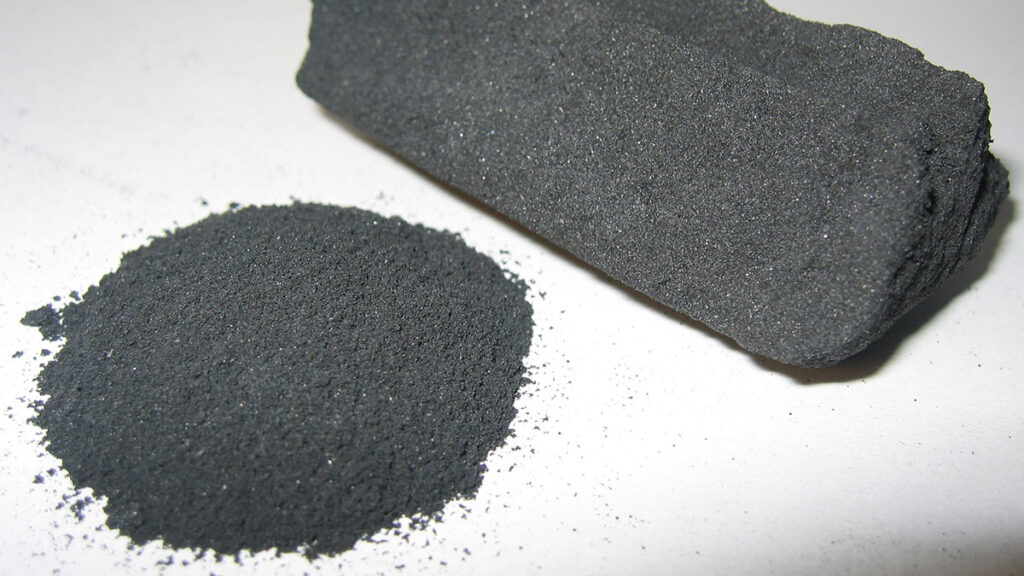
When you start shopping for a decent water filter you’ll be inundated with decisions. Purifier or filter? Pitcher or under-the-sink filter? And then there’s the matter of carbon in water filters. What’s that all about?
You understand the importance of clean water in a disaster situation. Lead in Flint, Michigan water and the contaminated water in West Virginia have proven to you the importance of such. Perhaps it was a reading the beginnings of the field of epidemiology due to the British cholera epidemic which alerted the issue to your mind.
Whatever the reason, you’ve since begun looking for water filters. But why do many water filters contain carbon?
Carbon in water filters will remove herbicides, pesticides, PFOs, pharmaceutical drugs, and improve the taste and smell of your filtered water.
If you’re interested in the science side of it all, keep reading.
What Does Carbon Do in Filtration?
We need to first understand that the carbon you’ll find in filters has been processed down to the point where you’re essentially talking about powder. Within many water filters, this powdered carbon has an extreme amount of surface area, and that’s just what’s needed for what happens next.
Consider what happens if you throw a frozen brick of ground beef into a frying pan. You can keep it in the pan for eight minutes, and you’ll likely end up with a brick of ground beef that’s pink in the middle and brown around the outside.
That’s because there’s minimal surface area exposed with the beef. Only a small part of the actual ground beef is in contact with the heat. In contrast, if we first thaw that ground beef so that it can be torn apart and spread all over the pan – it’s no longer a brick – then we can easily cook all of the ground beef within a shorter time frame because the heat is in contact with far more of the ground beef.
The same principle applies with carbon.
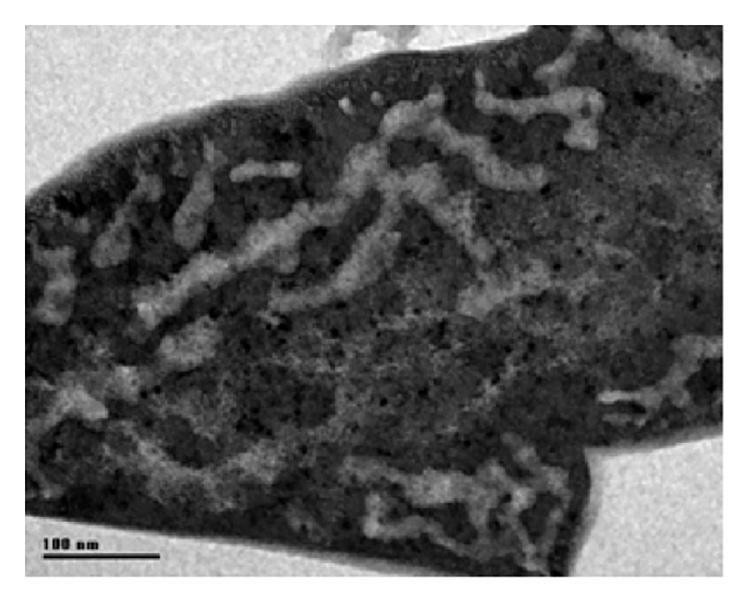
The greater we can increase the surface area, the better it’s going to react with whatever it is we pour through it. Just one gram of activated carbon will have 32,000 square feet of surface area. A single teaspoon of activated carbon actually has the surface area of a football field!
That’s incredible, and it’s that surface area which helps your carbon water filter to suck out all the contaminants which you don’t want to drink.
Carbon does this through a process known as adsorption (yes, with a ‘d’). As the pollutants which carbon can chemically react with (more on those in a moment) travel through a carbon filter, they are “magnetically” pulled out of the water and trapped within the carbon. This results in clean water passing through the bottom of the filter as all of what the scientists refer to as ‘the yucky, bad stuff’ (the scientific terms) is stuck within the filter.
The end result? Clean(er) water!
But how do you break through some of the water filter jargon one finds out there? With labels such as ‘carbon filter’, ‘activated carbon’, and so on, it’s not easy.
Carbon vs Activated Carbon
When we refer to ‘carbon’ just know that the water filter industry commonly will swap that word with ‘charcoal.’ Because when you look at carbon, that’s in essence what you’re looking at – finely powdered, specially-processed charcoal.
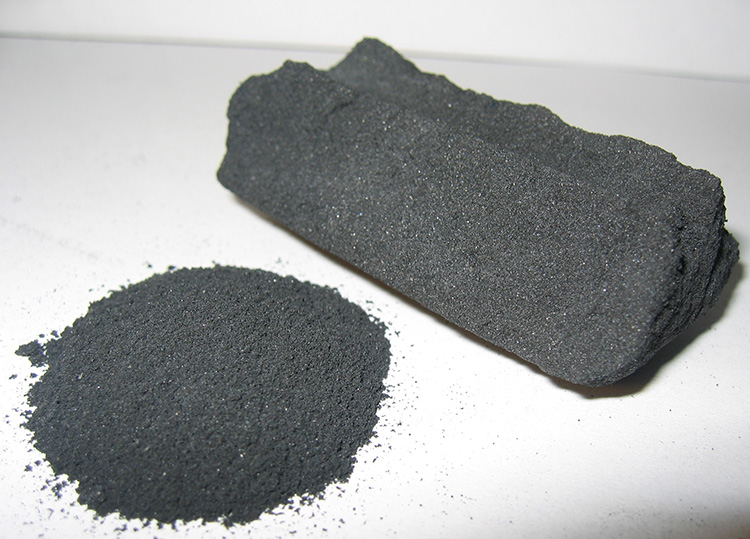
Image Credit: Self (en:User:Ravedave), Activated Carbon, CC BY-SA 3.0 
Image Credit: Mk2010, Bamboo charcoal, CC BY-SA 3.0
So, an ‘activated carbon filter’ will also commonly be referred to as a ‘charcoal filter’ – same thing! It just depends on the mood of that particular brand’s marketing executive and what keywords seem to be populating better on Google on any given day.
However, there is a slight difference between ‘carbon black’ and ‘activated carbon.’
Carbon black is produced by the consumption of petroleum products. Activated carbon is produced from charcoal. Activated carbon has a much higher surface area ration than carbon black and is what you’ll see water filters out there use.
Activated carbon is carbon which has been processed to increase the surface area of each little grain of carbon. If you’re going to be filtering your water, this is a good thing. The greater the surface area, the longer your activated carbon filter will last, and the more baddies it will pull out of your water.
Do You Need Carbon in a Filter?
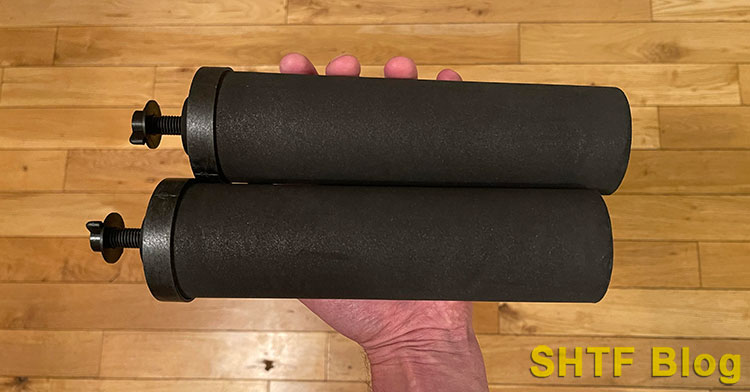
It depends on how much money you have to spend, what you’re concerned about filtering out, and a few other variables as well.
For example, if you’re using reverse osmosis to purify your water, it’s not necessary. Do you have the money to spend on a reverse osmosis system though?
- APEC ROES-50 - Offers reliable reverse osmosis water filtration for 50 gallons per day, removing up to 99.99% of impurities and providing ultra-pure, great-tasting drinking water for your home right...
- 5-Stage Filtration - Long-lasting, large capacity filters remove arsenic, chlorine, lead, fluoride, heavy metals, and 1000+ impurities from tap water while protecting your loved ones from PFAs and...
- DIY Friendly - ROES-50 is made with simple installation and maintenance in mind. Our RO water filtration system is equipped with quick connection fittings and colored tubing for fast, easy set-up and...
- Everything You Need - Our RO system includes one Filter-Max-ES50 filter set, a brushed nickel faucet, a water tank, an installation kit, and instructions. We recommend replacing filters every 6-24...
If not, then you’re probably looking at a carbon filter, and given how cheap these units are, there’s really no reason for not having carbon helping clean your water.
What do Carbon Filters Remove?
Carbon filters have both their advantages and their disadvantages when it comes to what they remove. In short, carbon filters that are comprised of carbon alone aren’t going to completely purify your water against 100% of every potential contaminate lurking in your water.
What carbon filters will remove though is the following:
- Herbicides
- Pesticides
- PFOs
- Pharmaceutical drugs
Let’s take a moment to look at each of these in turn so that you may see why you don’t necessarily want to be drinking any of them in your water.
Herbicides
There are a dozen or so herbicides which are commonly found in drinking water. You read that right. Plant-killing products regularly find their way into peoples’ drinking water. If you go out of your way to consume organic foods but don’t filter their water (or at least know what’s in it), your efforts are not complete.
Unless you want to be one of the people drinking these herbicides, you may want to consider using – yep, you guessed it – a carbon filter.
Pesticides
The organic farmer in me will never understand the agriculturalist who still thinks using these is safe. Yet, despite all the science we have on these, people still will use them. There are also pesticides commonly found in water.
If you ever get the chance, look at the back of one of the bottles of these pesticides the next time you’re in Lowe’s. When used on an industrial scale, these chemicals find their way into groundwater. There’s a laundry list of negative health effects which can come about from getting these sprays into your system.
Thankfully, carbon filters can help to get these out of your water.
PFOs
You’ll feel a bit like Mary Poppins attempting to say perfluorooctanesulfonic acid (the sound of it is really quite atrocious), so let’s just stick with the common acronym – PFOs – instead. This is a water, stain, and grease-resistant, synthetic compound which is used in a wide range of commercial factory situations. Carpets, clothing, and furniture incorporates it, fire extinguishers often use it, and even the paper packaging on your food may harbor PFOs.
The ability to resist stains on your furniture is nice, but once PFOs find their way into your drinking water, it’s not such a pleasant synthetic chemical. These little boogers can last for decades before they finally breakdown, and should you end up ingesting enough of them, they’ve been attributed to the development of liver problems, cancers, and congenital birth defects.
The good news about PFOs? Carbon filters can remove them!
Pharmaceutical drugs
Whether we’re talking about pharmaceutical drugs being flushed down the toilet, degrading at local landfills, or leaching out of livestock poop into the soil, eventually prescription drugs can find their way into the local drinking water supply. It doesn’t matter if you have a well – these pharmaceuticals can even find their way into there.

One common pharmaceutical drug is lithium. Unless you enjoy the idea of drinking a commonly prescribed anti-psychotic drug, you’ll probably want to filter it out of your drinking water. Charcoal filters can get 90% of this drug out of your drinking water.
Carbon in Water Filters Improves Taste
Beyond the health, what many people like about having carbon in water filters is that it helps remove foul tastes and smells. This may not seem like a big deal for water coming out of your tap water, but if you’re stuck in the backcountry with limited water sources, this can be a big benefit to having a carbon filter.
Ever try filtering sitting water from a pond or puddle? It smells and tastes horrible, even if filtered. But the addition of running it through charcoal can make it much easier to swallow.
What Carbon Filters Won’t Remove
Though they most certainly have a lot of advantages, there are several things which carbon filters play M.C. Hammer with – they just won’t touch them.
Among these are (source):
• Arsenic
• Asbestos
• Bacteria
• Coliforms
• Cysts
• Fluoride
• High levels of heavy metals
• High levels of petroleum distillates
• Many minerals
• Nitrate
• Protozoa
• Radionuclides
• Sodium
• Viruses
That’s an extensive list, isn’t it? And while you may not necessarily care if your filter is getting particular minerals – such as calcium and other necessary minerals – out of the water, I don’t think there’s anybody out there who is okay with the idea of drinking a jug full of protozoa, radionuclides, or fecal coliforms.
When it comes to these types of water pollutants, one needs to remember that a carbon filter is not the end-all. While it most certainly has its benefits – as outlined above – it does have its weaknesses. But this is where other products come in.
Before you begin shopping for carbon filters, understand that there is a difference between a filter that only utilizes carbon and a filter that utilizes carbon filtration in addition to other filtration methods.
So, if you’re only concerned with eliminating pesticides, herbicides, and pharmaceutical drugs from your water, you’ll likely only be interested in a carbon-only water filter.
However, if you’re also concerned about the presence of cysts, protozoa, and viruses, you’re going to want to purchase a filter which can take those contaminants out as well.
When it comes to filtering out those contaminants, there are two main forms of carbon filters on the market.
Powdered Activated Carbon or Granular Activated Carbon Water Filter?
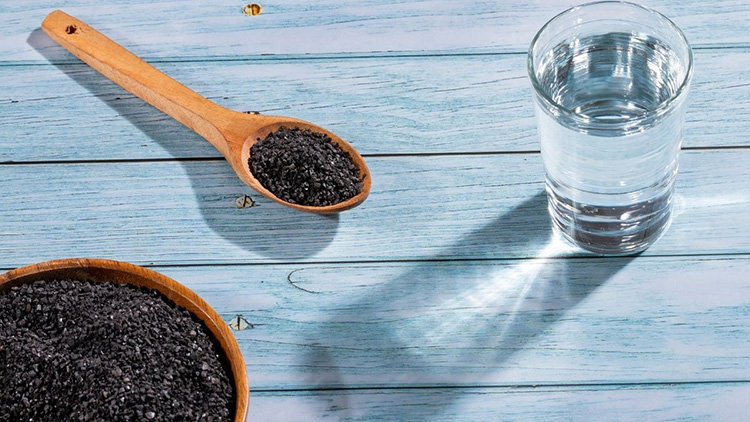
Oof. This sounds like quite the science experiment question, no? Let’s see if we can help to unmuddy the waters (pun intended).
To start, these are the two most common carbon water filters you’ll see, and they are typically referred to as PAC filters or GAC filters. Simple enough, right?
Powdered carbon is smaller than granular carbon. This makes sense when you think about it. Which is going to appear smaller in your hand: a powder, or little, tiny beads?
The powder, of course.
When you find carbon water filters out there, these are the two types of carbon you’re going to see used inside.
Personally, I prefer PAC filters, and here’s why:
Have you ever hiked up a trail after a heavy rain and noticed that there are little runoffs that have been created by all the downhill flowing water? Small grooves are carved out of the dirt by the water, and once those grooves are carved, that’s where the water is likely to stay.
The exact same thing happens with GAC filters. Those little granules are prone to be forced into little grooves by the water, and from that point on, those little grooves are where the water is going to want to flow. Water always takes the path of least resistance.
There are problems to this happening in a filter. First, it means you pay for a lot of activated carbon which your filter will never use. Why? Because the water is going through the pre-established grooves! Secondly, these little grooves can eventually become hotbeds for the growth of bacteria. Not really something you want your water filter to be known for.
PAC filters require more processing than GAC filters, so they may be more expensive; but I believe that this extra cost is worth it. The main drawback to using a PAC filter is that it takes longer for the water to be filtered than it would take to push a similar volume through a GAC filter.
If you can afford to be patient though, you end up with much higher quality water.
A Few Last Sips from Our Fountain of Knowledge
It’s widely been said that a human can only last for three days without water. And really, Day 3 is going to be a miserable state of existence. Disasters are common occurrences, and it only makes sense to plan for them.
A large part of that includes ensuring you have clean water to drink when that disaster strikes. A filter with activated carbon within it can help to ensure this is a possibility. There are several filters out there on the market, and not all are created equal.
Some do a much better job of filtering out water-borne pollutants than do others. However, hopefully we’ve helped to arm you with the knowledge you need to make a better decision to protect the health and well-being of both yourself and your family with these types of filters.


1 comment
For Prepper’s on a budget, here is a nice way to refill your Brita “disposable filters.
How to Refill a “disposable” Brita Brand Water Pitcher Filter With Activated Carbon
https://www.instructables.com/How-to-refill-a-disposable-Brita-brand-water-pit/